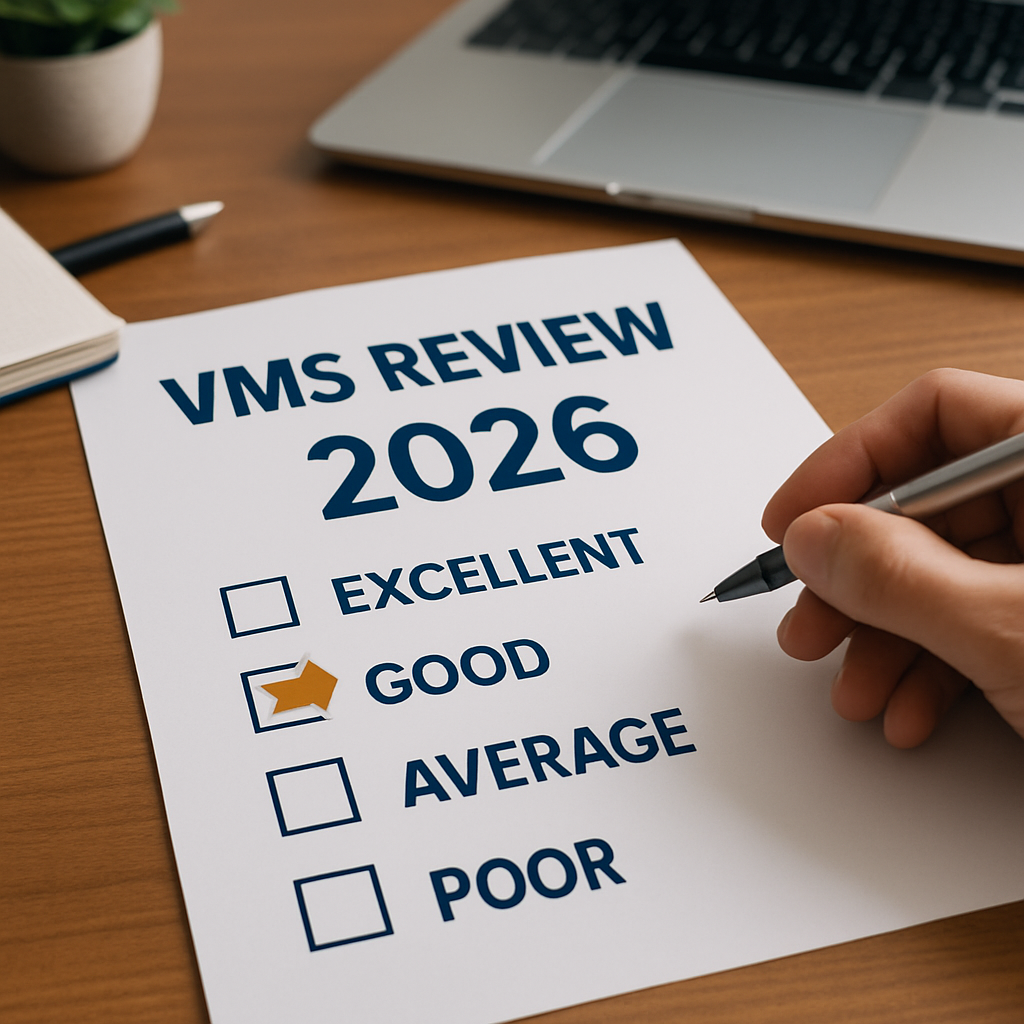A large number of organizations are now making use of non-employee workers to access hot skills and achieve workforce targets, yet many are struggling from hidden costs and inefficiencies within their program.
To achieve true ROI and optimize their contingent workforce program, non-employee program managers must prioritize cost savings and cost avoidance - but how can they gain full control over contingent workforce spend?
In this blog we take a look at why contingent workforce spend is so difficult to manage, and dive into four key ways your business can improve visibility and gain control of its non-employee workforce management costs.
Contingent workforce spend is intricate
Managing a contingent workforce and the vendors associated with it is actually a highly-complex task. That’s because any non-employee workforce management program requires a huge amount of data to manage both contingent workers and the vendors used to engage them.
The main issue here is that the vast majority of organizations with smaller contingent workforce budgets are using time-consuming, manual methods to manage their non-employee workforce - such as spreadsheets, in-house databases and Sharepoint-like websites.
When manual methods are used, your business loses visibility into its contingent workforce and rogue spend will start to invisibly affect the bottomline of your business.
You can learn more about what rogue spend actually is, and how automated technologies like a vendor management system can help you prevent it from occurring within your business, by reading our blog ‘What is Rogue Spend in Non-Employee Workforce Management?’.
How to gain control of your non-employee workforce spend
With the above challenges in mind, Conexis VMS has listed four tips below that can help your organization regain control of its non-employee workforce spend.
#1 - Use a vendor management system to gain visibility into your non-employee workforce
Gaining control of your contingent workforce spend comes hand-in-hand with visibility. Without knowing where you can optimize and improve your non-employee workforce program, and without having true visibility into what you are spending, it’s impossible to gain control of program spend.
To gain complete visibility into your organization’s contingent workforce management program, and to create a centralized strategy for all departments, it’s crucial you use a Vendor Management System (VMS).
A VMS is a cloud or web-based platform that allows you to consolidate your vendors and manage each step of your non-employee workforce in one automated and centralized database.
The result of using a vendor management system? Your company will gain complete visibility into its entire contingent workforce management program, giving you the metrics and insights you need to make program improvements and reduce rogue spend that directly impacts your business’s bottom line.
#2 - Review and standardize vendor rates across your entire organization
One of the main issues that organizations suffer from when it comes to contingent workforce management is fragmented processes. When manual management methods are used, it typically leads to a decentralized approach to sourcing, engaging and managing non-employee workers.
This means different hiring managers across your organization are likely paying different rates across vendors, resulting in your organization overpaying for its non-employee workers.
To fix this issue, use a vendor management system to analyze, centralize and standardize vendor rates across your entire organization. By establishing a standardized rate, you will ensure that every hiring manager within your organization is paying a company-determined rate.
#3 - Consolidate your contingent workforce budget
To achieve your workforce targets, it’s likely your organization has set aside a specific budget that should be used to achieve non-employee workforce goals. To fully understand how your workforce objectives are performing, you should have processes in place that allow you to easily track your overall budget and how much has been spent.
Transparency into your contingent workforce financial data will ensure your organization has complete visibility and control over program spend and performance.
#4 - Measure and track vendor performance.
Your contingent workforce program can help your business bring costs down as well as access hot skills that are difficult to find, but this is only effective if your organization is partnering with the right staffing agencies for your specific requirements. Partnering with the wrong agency, and failing to gain visibility into their performance, will lead to ineffective hires and rogue spend.
To resolve these issues, make sure your non-employee workforce management program is consistently monitoring and tracking vendor performance. Clear visibility and consolidation of vendors will provide unique insights into key vendor KPIs such as time-to-fill, turnover, time-to-submit and many others.

Discover the Power of Conexis VMS
Conexis VMS is purpose-built for organizations seeking to manage their contingent labor spend effectively. Here’s why we're the right choice:
- Fast Deployment: Get up and running in weeks, not months
- Transparent Pricing: Flexible pricing with no hidden costs
- White-Label Ready: Customize the platform with your brand
- Real-Time Insights: Make faster decisions with built-in analytics
- Audit-Ready Compliance: Store contracts, worker data, and rates in one secure hub
About Conexis VMS
Conexis is an award-winning Vendor Management System built for organizations that want the power of enterprise software without the complexity or cost.
Leveraging the latest technology, Conexis delivers the expertise, reliability and security of enterprise systems, while offering the flexibility, user friendliness and tailored, personal service you require. Learn more about our Company and why organizations Choose Conexis VMS.
Looking to Switch Your VMS or Just Getting Started?
Whether you are looking to Switch your VMS, or just Getting Started, we are here to help. Contact Us for a Free No-Obligation Consultation, See how Easy Conexis is to use by taking a quick 2 minute Self-Guided Online Demo, or Book a Personal Demo Today!
Additional Articles on this Topic:
- How Much Does a VMS Cost?
- Maximize ROI: Top 4 Vendor Management System Best Practices
- Driving Spend Under Management in a Contingent Workforce Program
- VMS ROI: What Size of Operation Do You Need to Make a VMS Worthwhile?
- Vendor Management Software: What's the Cost & ROI?
- How to Manage Contingent Workforce Rogue Spend
-
Cost Per Hire: What's More Expensive, Contract or Permanent Labor?





